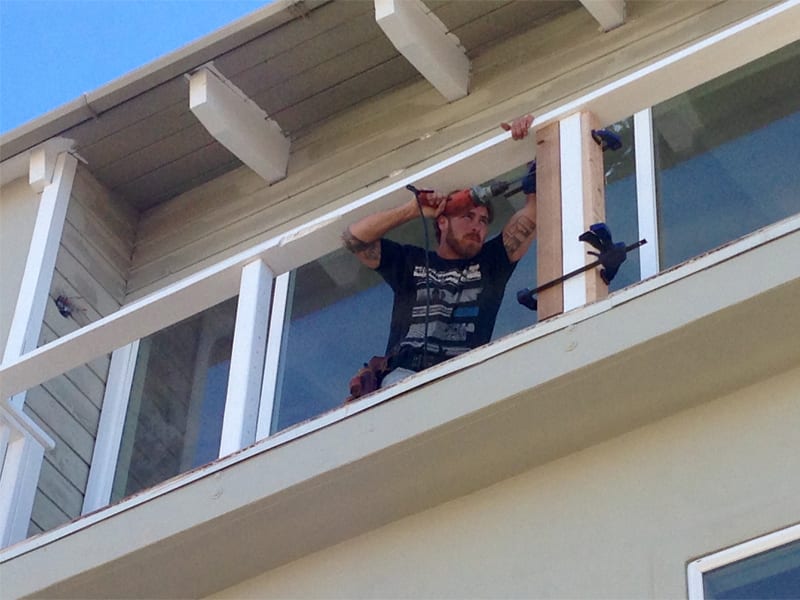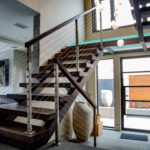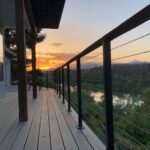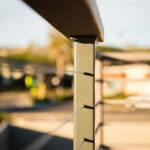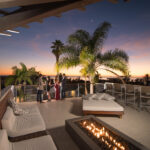SDCR Engineering
Crafting your view one cable at a time
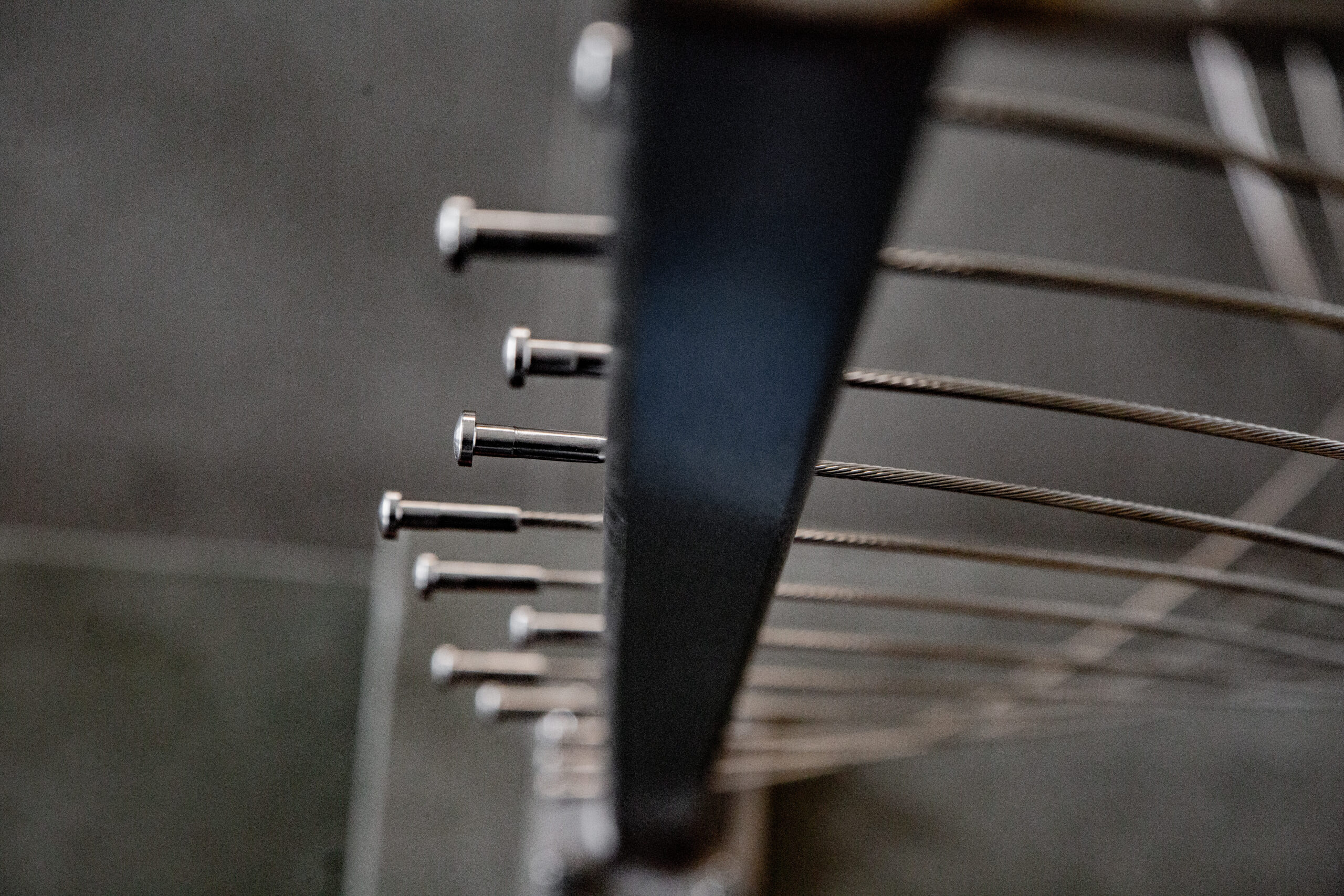
The Most Durable Railings on the Market
How We Design and Engineer Our Systems
Cable railings are engineered to satisfy building code requirements while providing a sleek aesthetic. Our design process begins with a thorough analysis of the application, load requirements, and design preferences. High-quality stainless steel posts, rails and cables are chosen for their strength and corrosion resistance. Hardwood and mild steel options are also popular framing systems.
Vertical posts are spaced max. 4' O.C. to support the tensioned cables. These components are designed to handle the forces exerted by the cables and any other potential loads, such as live loads from persons leaning against the framework. The spacing between posts is carefully determined to maintain structural integrity and adhere to safety codes.
Cable tension is applied using tensioning nuts and measured with a guage to achieve the proper cable tension. This not only increases stability but also prevents excessive swaying or sagging in the cables. Various fittings and hardware are utilized to secure the cables while allowing some flexibility for movement.
Throughout the engineering process, considerations are made for factors like wind loads, weight distribution, and overall system stability. The result of our field experience and ongoing cable railing engineering is a cable railing system that combines modern elegance with dependable structural design, We aim to offer both a visually appealing framework and a secure barrier for families and pets.
SDCR Glass Railing System Engineering
SDCR glass railings are meticulously engineered to balance aesthetics and safety. Our process begins with a thorough analysis of the environmental conditions, possible load requirements, and design preferences. High-quality stainless steel, aluminum or hardwood framing systems are chosen for their strength and corrosion resistance. Full framed and frameless options are available .
Bolts and/or anchors are strategically placed to support upright posts or base shoe channel systems to secure the glass panels. All components are designed to handle the forces exerted by wind or lateral loads, such as people leaning against the railing. The spacing between each post is carefully determined to maintain structural integrity and adhere to safety codes. Glass panel thickness is determined by the individual framing system and/or on site conditions.
Certain high rise and commercial or industrial applications may require laminated glass panels for additional security.
Throughout the engineering process, considerations are made for factors like wind loads, weight distribution, and overall system stability. The result is a glass railing system that combines modern elegance with dependable structural design, offering both a visually appealing enclosure and a secure barrier.
